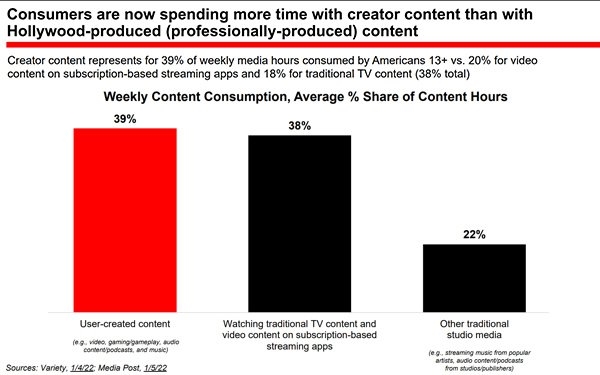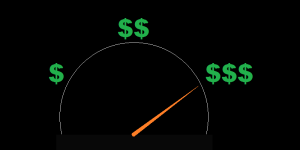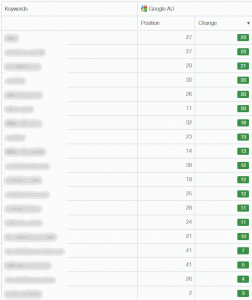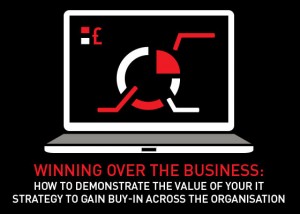IAB: Why Original Content Creation Is Outpacing TV Production Investment

Privacy implications, the creator economy, augmented reality and shopping in the metaverse are all part of the Interactive Advertising Bureau’s report released Tuesday, which explains the changes the industry will experience in the next few years.
Original content could be the key to many of the challenges facing the industry.
The sixth annual Brand Disruption Study — Brand Disruption 2023: The IAB Annual Report on the Evolving Consumer Ecosystem — delves into the role of social media, influencers and the metaverse to determine how each play a role in hybrid shopping. It examines the snowballing effect of changes in consumerism, supply-chain management, distribution, digital selling, and digital marketing.
Key themes in the study include ecommerce growth, privacy policies, creator economy, and virtual and augmented reality (AR) shopping in a hybrid shopping strategy that includes online and offline. The IAB refers to this strategy as “H-commerce.”
Established and direct-to-consumer (D2C) brands are recalibrating their go-to-market strategies to meet the expectations of the H-commerce shopper. Brands and retailers are investing in technology to provide seamless H-commerce shopping experiences.
AR shopping technology is a key to this H-commerce strategy, with a $2 billion market projected to grow 30x by 2031. Nine in 10 Americans currently use or consider using AR for shopping, as interest is both cross-generational and cross-category, and more than 250 million users have engaged with Snap’s AR shopping lenses more than 5 billion times.
Privacy will play a key roll in online commerce as the industry moves into AR, according to the report.
Ongoing privacy legislation will challenge brands’ ability to assess advertising performance and will increase the likelihood of lawsuits and penalties. Privacy legislation and ongoing signal loss have jeopardized the value and vitality of platforms and D2C brands. Brands are innovating to recoup lost revenue from signal loss and evolving their market strategies in a privacy-compliant way.
The report also suggests that creators will change the balance of power from professionally produced, Hollywood content to content creators.
Production investments in broadcast and cable TV and film are decreasing, while investment in creators continues to rise. No company will be immune to the privacy implications.
As a result of Apple’s privacy changes, digital platforms are expected to lose billions of revenue in 2022. Estimates include $12.81 billion for Meta, $546 million at Snap, $2.2 billion at YouTube, and $323 million at Twitter.
Brands also see increases in CPM. Apple’s changes, increased privacy legislation, and the demise of third-party cookies, CPMs are up between 36% and 185% year over year (YoY) and customer acquisition costs (CACs) have also risen 60%-300%, pre the report. It’s costing all companies, but direct to consumer mostly in a big way.
Brand investment in creator content is growing faster than investment in TV and streaming content. Content creators are leveraging their power to build successful consumer product brands. Viewership of creator content now accounts for a significant share of viewership in America’s living rooms
The report suggests content creators represents 39% of weekly media hours consumed by Americans age 13 and older vs. 20% for video content on subscription-based streaming apps and 18% for traditional TV content, 38% total. And this strategy could become the key to many of the challenges facing the industry.
It’s interesting to note that TikTok generated 2 times more time spent on the platform — 22.6 trillion minutes — with content than Netflix — at 9.6 trillion minutes — in 2021.
Chris Bruderle, vice president of Research & Insights at the IAB and author of the Brand Disruption Report, cited numbers from IBIS world that suggests TV production investment is down nearly 20% since 2018.
One example is that NBCUniversal is looking to trim as much as $1 billion from its cable and broadcast TV division budget and is considering pulling back on prime-time programming hours as interest in broadcast TV is dwindling, according to the report.
“Film rates remain well below pre-pandemic levels,” Bruderle wrote in an email to Search & Performance Marketing Daily, citing numbers from the report. “The film industry has released nearly half the number of films in 2022 vs. 2019 and consumer box office sales are down by nearly $2.5 billion 31% lower than 2019.”
In contrast, production funding in the creator economy has continued to rise since 2017 — about 15 times as much, per CB Insights.
Based on a similar trend, the metaverse will get a piece of the digital shopping pie with an estimated $2.5 trillion to $3 trillion from ecommerce revenue generated annually by 2030, according to McKinsey.
When asked about commerce in the metaverse, Bruderle said “It’s not very prevalent right now. I have seen two brands, Pacsun. and American Eagle, bridge the gap between virtual browsing that leads to real world purchases.”
Virtual and Web3-based marketing and commerce is a great way to connect with youngest Millennials as well as Gen Z, he said. Metaverse-like storefronts are being monetized in today’s virtual gaming world with stores such as Forever 21, Dick’s Sporting Goods, and Gucci.
Nearly 30% of global companies will have products and services ready for sale in the metaverse.
by 2026, 41% of consumers said they would like to be able to shop in the metaverse, and 60% of Gen Z consumers believe brands should sell products in the metaverse.
One in four consumers have already shopped in metaverse-like, virtual stores — and 70% of them have made a purchase.
(12)









